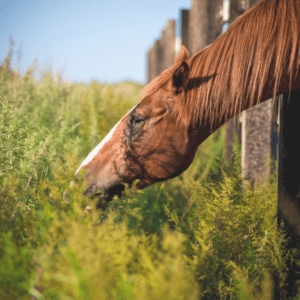
Which Plants are Poisonous for Horses?
Expert Advice: Kim Lina Pethahn, an independent feed consultant, wrote this article. Common Symptoms and
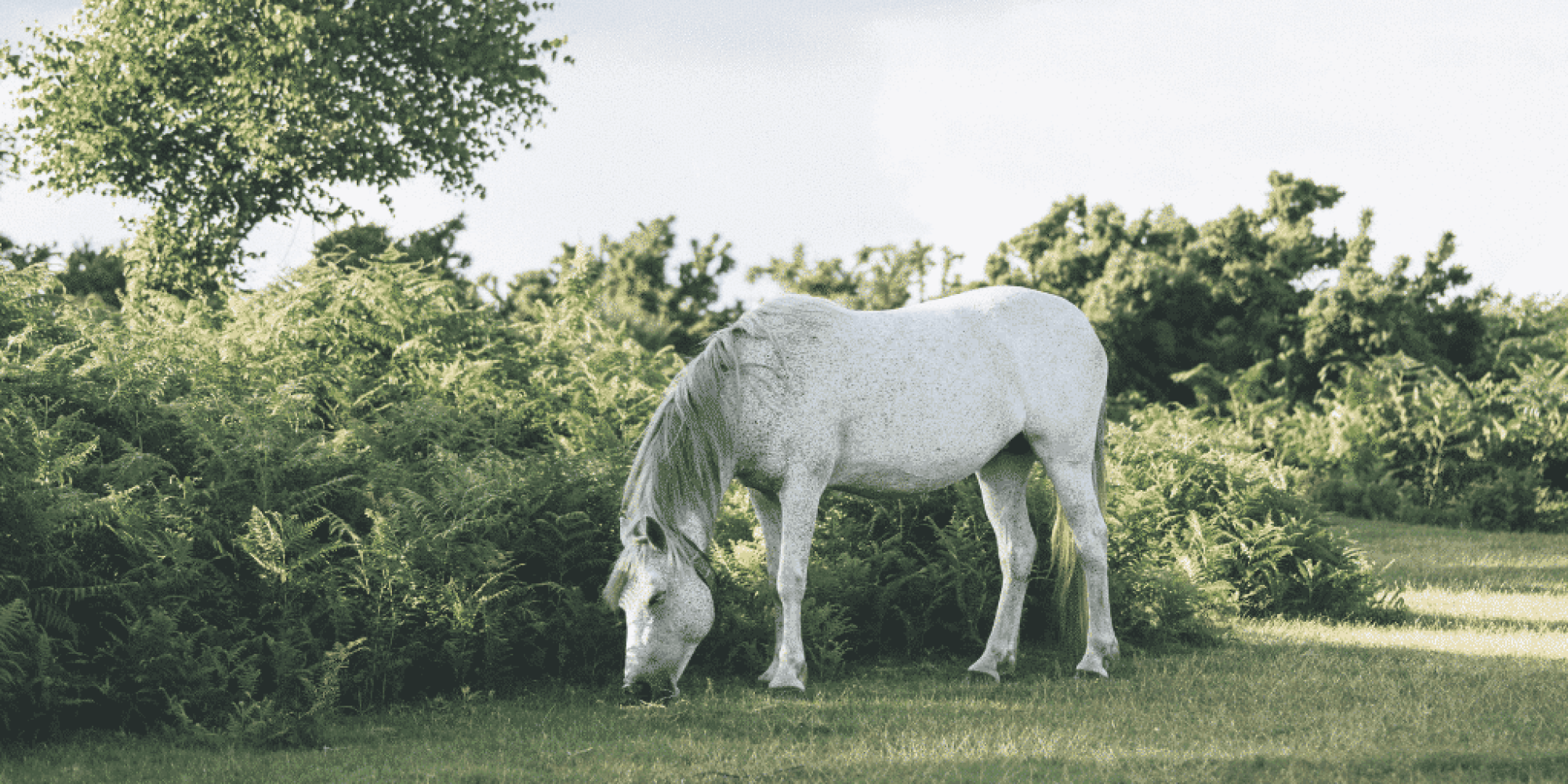
How often do you wish horses could talk to you? Well, you know they can’t, but nevertheless your horse will give you signs when something is wrong.
Here is an overview of common symptoms and what they can mean:
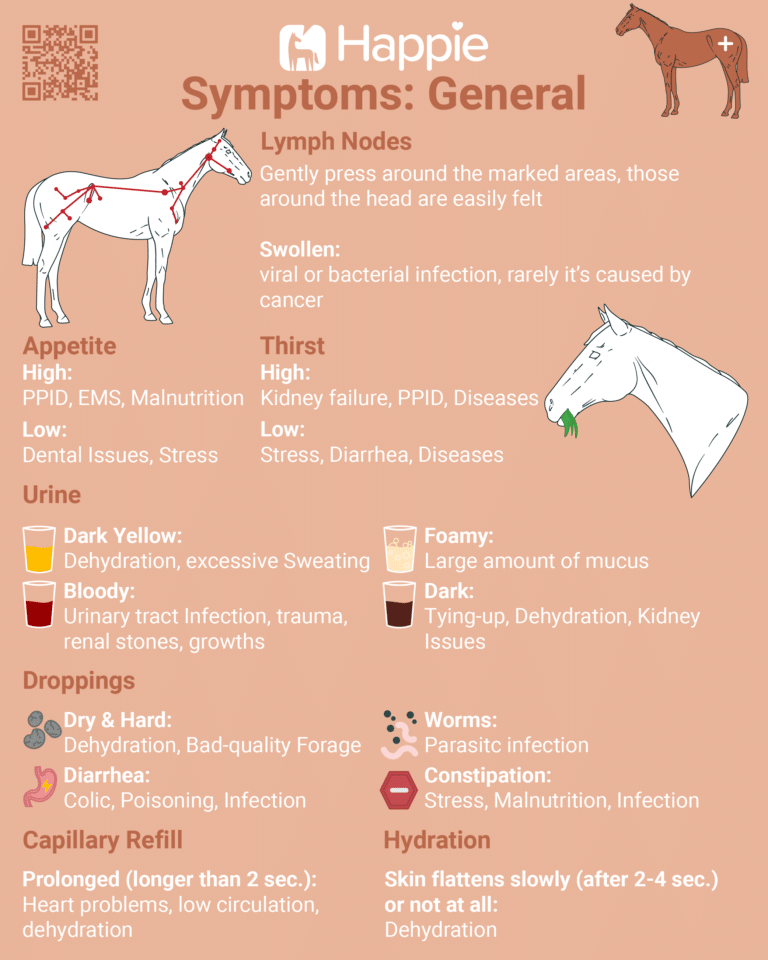
To check the condition of the lymph nodes, gently press on the areas around the head marked in the diagram above. You should be able to feel them well here.
If the lymph nodes are swollen, this can have various causes. Most often it is a viral or bacterial infection, more rarely it is caused by cancer.
Appetite and thirst also say a lot about your horse’s well-being.
If your horse has little appetite, dental problems or stress are often the culprits. Excessive appetite can indicate malnutrition, EMS or PPID.
If your horse drinks a lot, this can also be a symptom of PPID, but also kidney failure.
Stress, diarrhoea or other illnesses often manifest themselves in low thirst.
Your horse’s urine and droppings often give you clues about the health of your horse.
If the urine is dark yellow, it may be caused by dehydration or profuse sweating. Bloody urine is often caused by urinary tract infections, trauma, kidney stones or growths. Large amounts of mucus in the urine often make it foam.
Dark urine can be a sign of kidney failure, dehydration or cross-contamination.
When checking the condition of your horse’s droppings, look for dry, hard, diarrhoea or constipation. You can also recognise a parasite infestation by worms in the droppings.
If the capillary refill time is longer than two seconds, it may be a symptom of heart problems, poor circulation or dehydration.
The skin fold test is an easy way to check your horse for possible dehydration. Gently pinch your horse’s skin between thumb and forefinger. If the skin flattens only slowly (after two to four seconds) or not at all, this indicates dehydration!
Enter all of your horse’s symptoms into the Happie Horse app’s symptom diary and have all of the health information at your fingertips for your next vet appointment.
Also get reminders of the next vet appointment with a push notification when you add the appointment in the Happie Horse App.

Expert Advice: Kim Lina Pethahn, an independent feed consultant, wrote this article. Common Symptoms and
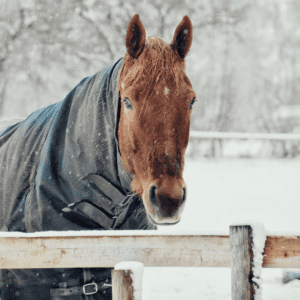
Are you over-rugging your horse out of concern? There are key factors you should keep
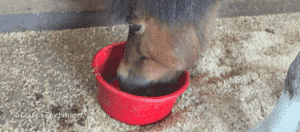
Expert Advice: Kim Lina Pethahn, an independent feed consultant, wrote this article. Offering the Necessities
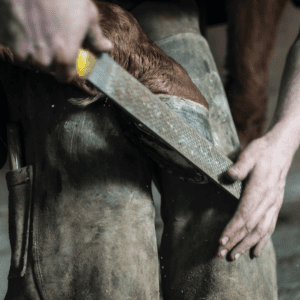
For a healthy foundation Hoof care is an important part of equine health care. The
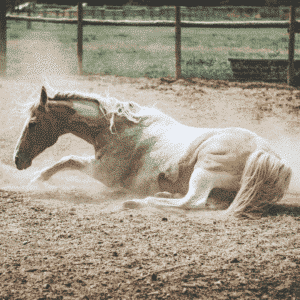
One of the most feared intestinal issues Expert Advice: This article was written by Dr.

What Your Horse’s Weight Tells You An important issue often overlooked in equestrian sport, is